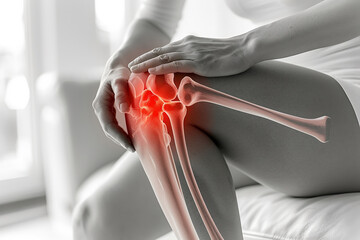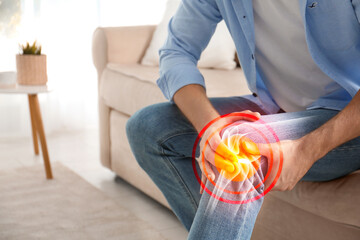Tips to reduce Knee Pain in Old Age
Are creaky knees a retiree’s disease? It’s true that knee problems are the most common age-related musculoskeletal problem in Singapore. If you’re over 40, you may already be feeling a twinge or two. Understand more on how the knee joint—the largest joint in your body—works, and why it hurts when it does.
How the Knee Works
The knee connects the upper leg bone and the lower leg bones. Making up this joint are ligaments (for stability), tendons and muscles (for movement), with two discs of cartilage, or menisci (for shock absorption) and many bursae, or fluid-filled sacs (which help the knee move smoothly).
Like any mechanism, the harder you work it, the more worn out it gets. Our knees don’t just face everyday wear and tear, they also get stressed when we are overweight or engage in high-impact sports. On top of degeneration, as we grow older, our knees become susceptible to inflammatory and crystal diseases.
Knee Problems That Come With Age
Do you experience any of these?
Pain
Swelling
Difficulty bending the knee (stiffness).
Ache or pain when weight is put on, e.g. when climbing stairs.
These are typical complaints that tend to surface in our 50s and can limit our lifestyles, especially when we enjoy being physically active. Mdm Julie, a proud owner of two lively dogs, laments that she has not been able to take them on walks like before. Fortunately, medical intervention has given her hope of being able to do so again. (You can read her story below.)
Barring injury as a cause, the following are some common reasons behind chronic knee pain:
Osteoarthritis
The most common form of arthritis, osteoarthritis is due to the progressive wearing down of cartilage over time. This limits the range of motion and triggers pain, stiffness, weakness and swelling of the knee.
Your age, weight and genes could play a part in developing osteoarthritis, as could previous injuries and infections. The World Health Organisation estimates that 40% of people aged over 70 will develop osteoarthritis.
Rheumatoid Arthritis
This is an autoimmune disease that causes the tissue around the joint to become inflamed and thickened. In the long term, this could damage and reduce the knee cartilage.
Bursitis
That sac of fluid over your kneecap can get irritated if you have to bend or kneel repeatedly. That’s why this condition, with pain and swelling, is also known as “housemaid’s knee”!
Related: 11 Ways To Relieve Leg Pains
Gout
Crystal deposits within the joint cause pain, swelling and inflammation (with redness and heat). Again, age, genetics and obesity predispose you to gout. Additionally, excessive alcohol intake and kidney disease are risk factors.
Patellar Mistracking
When the kneecap slides out of position, pain and swelling result. This could be due to weak thigh muscles, or activities which stress the knee, especially by twisting. Being overweight, running or squatting frequently can acerbate the condition.



